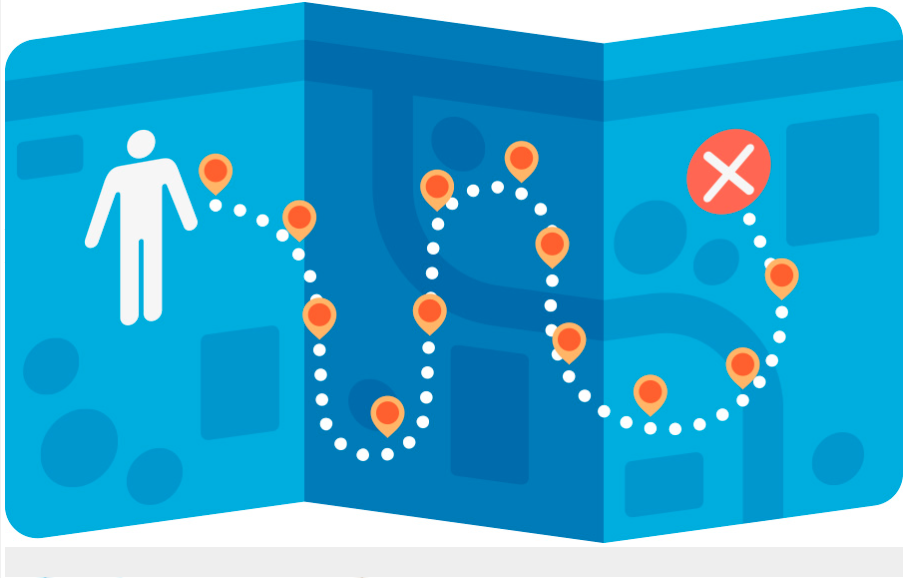
When seeking strategic opportunities for your brand, the answer might be found in your product’s packaging.
With a holistic approach to packaging design, you will find that opportunities to optimize the consumer experience and your bottom line await every step along the way.
Often, packaging design considerations seem to begin with the most obvious areas of interaction with the product and the consumer — at the shelf and in the home. That’s fantastic because these points certainly are critical. However, they should not be the only areas you explore when looking for opportunities to save money, make money, delight the consumer and save the world (or at least make a positive contribution).
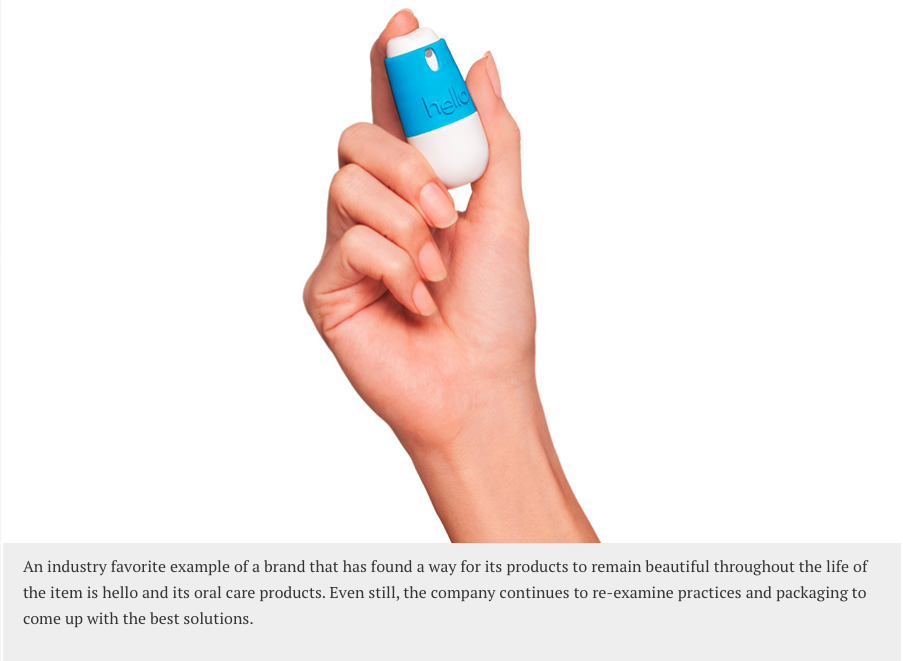
Moment #1
The Choice of Materials
What does the package need to do for your product functionally in terms of containment and protection? What does it need to communicate about your brand promise? Knowing what your company and brand stand for is important as you choose the proper materials.
Moment #2
The Manufacturing Line
Along with knowing whether the desired package can be made efficiently and cost effectively, one needs to consider how it will work on your product’s manufacturing and/or fill lines. This can be an area where you look for cost savings by evaluating orientation, process and the ability to use existing equipment. If a capital investment is required, can it also serve more than this one product or brand?
Moment #3
Transportation to the Stores
Cost savings and a positive sustainability message could arise from designs that can be palletized efficiently and thereby lower transportation costs and, ultimately, your footprint. Consider how excess weight (and materials) can be trimmed and yet still deliver the product and brand message as intended.
Moment #4
Stocking the Shelves
Make it easy for stock clerks to keep your product on shelf and looking great. I once heard a story of lower than expected sales of a product at a particular outlet. It was discovered that the product was so tedious to stock (it kept falling over) that everyone at this location waited for someone else to do it. Consequently, customers saw empty shelves while the product piled up in the back of the store.
Another stocking issue resulted in out-of-date product loss for a brand in the dairy case. This product was hung, and stock clerks were instructed to restock by moving the older product to the front of the rack, and placing the new product at the back. This meant removing all of the packages each time, something that was clearly deemed too time-consuming by some. Expired product piled up. Once the issue was discovered, the brand’s packaging partner created a tool to aid in stocking — problem solved.
Moment #5
The Shelf Set
Merchandising matters. Does your package have a unique identity communicated through structure or graphics? Is the facing, the “billboard,” optimized? Could you take advantage of color-blocking? Are you using the allotted retail space to its fullest by stacking? Can the package be oriented more than one way?
Can you create a shift in your category by jumping to a different packaging format or instituting a new system of presentation? How does your package appear presented in the competitive set: Does it disrupt, or fade into the background? Private label or store brands have in the past tried to look very much like national brands. In recent years, these products are finding more favor by way of standing out with their own identity and designs.
Moment #6
Handling at Shelf and Getting Into the Cart
Catch the eye of the consumer, and you are partway there: Your product must be seen to be considered. Be interesting and appealing enough to get picked up, and research shows there is a high likelihood of making it into the cart.
When your product is picked up, does the feel of the packaging — the tactile elements —match with the brand? For example, would Apple ever sell an iPhone in a bare cardboard box? Are you considering tactile or functional elements that invite touch or exploration? New soft-touch textures have been getting a lot of play. A caution here — I’ve also tested packaging concepts that had a coating consumers perceived as feeling “dirty.” Be sure to do your homework.
At shelf, there are functional considerations as well. Is the product easy to grab, grasp and hold? Can a busy mom with a crying toddler in one arm or a grandfather who needs to hold the cart for balance pick it up one-handed? How heavy is it? Will your packaging hold up to repeated handling through stocking the shelves or careless handling by curious shoppers? Will you have to write off a percentage of the product as damaged? You know — the mangled packages that get shoved to the back of the shelf as shoppers look for “the good one.”
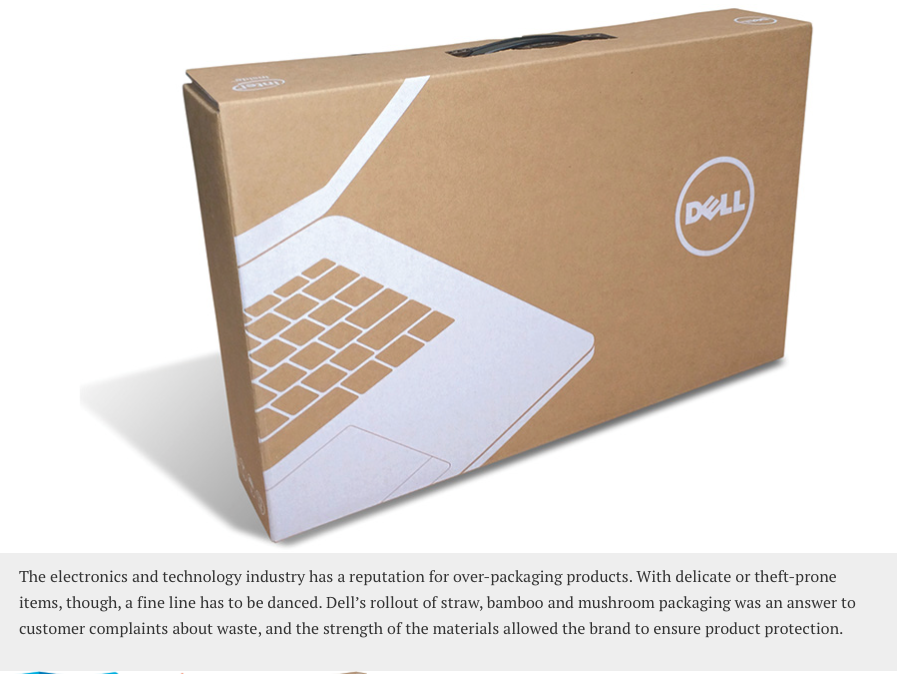
Moment #7
Bringing It Home
Will your packaging stand up to bagging at the checkout? Will it tear or puncture, leaving your product vulnerable to breakage or being crushed? For larger items, can it be easily carried to and from the car without a bag, as more states begin to nix the use of disposable grocery bags — or as in some parts of Europe, charge for a bag? It’s also important to realize that in urban areas, consumers are often walking, riding bikes or taking the subway to the neighborhood grocery. Here, size and weight matters.
Will your frozen or refrigerated product make it home in the summer heat? We all know the dash to get ice cream home. Could better packaging that keeps the cold in (meaning, food is safe and appealing to eat later) save on returns or be your point of differentiation?
Moment #8
Opening, Closing, Storing
Ease of use is a key consumer desire. With opening and closing the package, who in the home does this? Is it a young child working to achieve independence (with thankful parents!), or is it an elderly person simply hoping to maintain their independence? Countless injuries occur each year when knives and scissors are used to open even simple packaging.
Is your packaging compact enough to fit in a cabinet or the freezer? In a recent ethnographic study, I watched people bring a frozen product home and immediately open the carton, toss it (and your branding) into the trash and store the product in only the unlabeled interior liner. They said the carton was too bulky, and it quickly feels soggy when taken from the freezer due to condensation.
Does your packaging make it easy and convenient for consumers to keep it — and your brand identity — around for the life of the product? Can it be condensed or “collapsed” as product is removed to make space, yet still remain attractive and neat? Is interior packaging (bags, liners) branded and identifiable in terms of flavor or variety?
Does your packaging look as great with the last use as it did with the first? Strive for “Every time like the first time.”
Moment #9
Access To and Use of the Product
How well does your packaging deliver your product? Can it be done with less mess, a better pour or a more directed spray? Does one need a tool (knife, spoon?) to get the product out, or is there a solution that means skipping this step?
People don’t like waste. Does your packaging let them easily access all of the product? Can your packaging help people use it as intended with proper or metered dosing?
Moment #10
Protecting the Product
Does your packaging include proper barriers to preserve nutrients in food, protect taste in beverages or maintain efficacy in other products? Is your food packaging secure enough to keep out pests? Bottom line: Does your packaging keep your product fresh and protected for as long as your consumer needs it to? Stale food and freezer burn are common consumer complaints, particularly frustrating to customers as they represent a loss of value. Transferring food to other packaging in the home comes at a cost of time and money. Keep consumers from transferring your product to their own canisters or zippered baggies (with no branding!) by giving them packaging that works.
Moment #11
Visibility in the Home
As noted, it is important to keep your brand visible in the home. He says, “Honey, what was that new cereal you bought? I really liked it.” She says, “Gosh, I don’t remember. I put the cereal in the canister to keep it fresh and tossed the carton.” Don’t let this be you.
Does your packaging let people know at a glance, or at least give them a clue, when they are running low on your product so they can buy more? This is increasingly important as more shoppers go online and need to allow time for shipping. New airless packaging seen in cosmetics and skincare is notorious for running out without warning. Some aerosols are the target of similar complaints. And have you ever been caught off guard when you thought there was at least one more turn left for your solid antiperspirant?
With food, there is a need to whet the appetite, to create temptation. Shopping doesn’t end at the shelf. It continues in the home as people have choices in their pantries and refrigerators as well.
Keeping your brand, and sometimes the product itself, visible is often key to increased usage or consumption. Remember the adage, “Out of sight, out of mind.” In recent years, some cleaning products have made the leap from the cabinet to the counter by way of new packaging.
Moment #12
Discard, Reuse, Recycle, Repurpose
What is the last impression your packaging will leave? Useful, helpful, wasteful or difficult? How can you help consumers do what they want to do? Does the package break down easily? With more hybrid packages on the market, can package elements be separated for proper recycling?
Packaging has many jobs to do, and that affords us many opportunities for optimization. A holistic approach to packaging design can take your consumers from disappointment to delight and at the same time, improve your bottom line. And yes, that just may help to save at least a small corner of our world.
Edit by Kaylor Hildenbrand
BRANDPACKAGING
[ add comment ] ( 50 views ) | permalink |




 ( 3 / 2126 )
( 3 / 2126 )Smart labels are classified as anything beyond traditional print methods that can be used to add to a product’s functionality. Such technology is becoming cheaper and smaller, making them more viable.
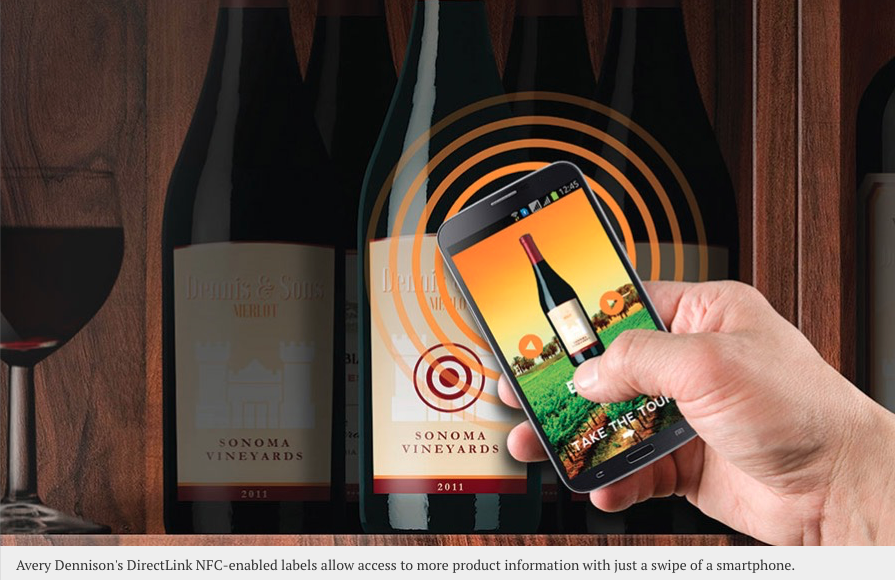
Earlier this year, Mary Greenwood — the director of new technology and business development, materials group, Avery Dennison — had to purchase a new washing machine for her home. After making her selection and arranging for it to be delivered, she was surprised upon the appliance’s arrival to see a small image of a smartphone on the machine. Naturally, Greenwood took her phone and held it up to the image on the machine. From there, she was prompted to download an app, which enables her to now start her washing machine from anywhere in the world. The app also allows her to access the machine’s user manual.
“Really, what (the manufacturer) wanted to do was continue to communicate with the customer,” she says.
While a washing machine sticker might not have much to do with packaging, Greenwood’s experience is a prime example of what brands are increasingly attempting to accomplish with smart label packaging — keeping in touch with the consumer beyond the store.
“There are a number of different uses for smart packaging,” says Greenwood, who defines “smart labels” as any type of label with technology that can extend the functionality and/or content of labels or packaging beyond traditional print means. “It can be NFC (near field communication) and that’s a microchip. A consumer just has to hold their phone close to the package and that brand could deliver any kind of digital content. NFC can do that, image recognition can also do that, a QR code can do that. But there are differences in those technologies.”
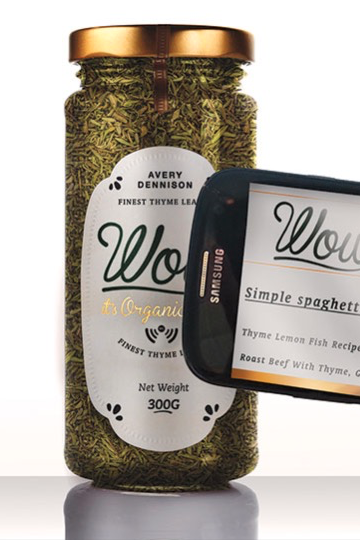
With NFC, for instance, usually an app isn’t required for the phone. Greenwood says most phones these days include software to accommodate NFC and estimates that some 1.2 billion NFC-enabled smartphones will be shipped by 2018. Image recognition and QR codes offer the same type of data access, but usually require consumers to download an app to access it via these means. Another smart label technology gaining momentum is sensors and microchips.
“There are a lot of time and temperature sensors and data loggers in the marketplace today,” Greenwood says. “Because of the way sensors and microchips have gotten so small, you can now incorporate that technology into something that’s the size of a label or as thin as a label.
“There are so many different things that are being developed, particularly around the microchips and sensors. Someday, you could see that food companies could guarantee freshness and quality all the way from farm to table.”
Greenwood says Avery Dennison has an increased focus on directly connecting to the consumer, an initiative that is evidenced by a recent project with natural cosmetics company Mineral Fusion. Avery Dennison’s DirectLink NFC-enabled labels were placed on Mineral Fusion’s 2015 cosmetic collection products that were delivered to Whole Foods stores. With just the swipe of a smartphone over the label, consumers were able to access video content about the products. While this particular application was with paper labels, Greenwood says that many companies are testing NFC — and other technologies such as image recognition and QR codes — to figure out the best ways to utilize it, when it comes to both paper and film labels.
“You use NFC in everyday life and don’t even know it,” she says. “If you use card access to a building, you’re using NFC. What (we’ve) been focused on is that direct connection to the consumer. How do I connect to that consumer? How do I get close to that consumer directly from my packaging? It’s a way to continue messaging after you bring the product home.”
Greenwood says it’s fair to classify smart labels as still in the “elementary phase” of development, and one big reason why is due to awareness.
“I don’t know if you remember when QR codes came out, people were going ‘what are those?’” she recalls. “The awareness is going to come — just how soon?
“I really think it’s going to take packaging to a new level.”
Avery Dennison
(626) 304-2000
www.averydennison.com
[ add comment ] ( 66 views ) | permalink |




 ( 3.1 / 1881 )
( 3.1 / 1881 )
In his latest book, The Evolution of Everything, Matt Ridley argues that social engineering policies, whether initiated by governments or some other organization, are unlikely to reach whatever dedicated goal they have because ultimately it is the action of humans that change society and not the ideas of a select group of people.
In front of a packed crowd at the Cato Institute on Wednesday, Ridley riveted the audience by describing how the evolution of human society and technological innovation is the result of our collective human action, not human design.
Ridley cited a number of historical instances of the failures of social engineering, such as China’s one-child policy. In the ten years prior to China’s one-child policy there was a greater decrease in the population than in the ten years during which the one-child policy was in place.
Another example is the English language. The rules in the language were not designed by some English language authority, but rather evolved and emerged from a constant interaction amongst humans adding and subtracting from the language they are using to communicate. He did not mention that the French language is far more controlled, with the Academie Française in charge of approving new words.
Ridley’s main focus in his new work is technological innovation. Innovation in general, whether technological or cultural, is merely a combination and recombination of existing things. It is through unplanned recombination efforts that we see our greatest innovations.
The most prominent example of technological innovation through human action is the Internet, according to Ridley. Instead of being meticulously planned by the government, the Internet arose from ordinary people using networks to pass information and ideas and eventually grew into what it is today. Most of the protocols that are now used on the Internet were developed on peer-to-peer networks and eventually became standard.
Ridley compared this natural technological evolution to the evolution that takes place in human genes. The evolution that takes place naturally in human genes without any design or designer is the same form as the technological evolution we see in the world. Just as there is no designer in human evolution, there is no designer in technological and societal evolution.
With this understanding of evolution in place, Ridley is optimistic about the direction technology and society are headed. He believes that technology will continue to advance and create higher living standards for the majority of people and our cultural norms will continue to adapt in a positive way.
However, there is some cause for concern amongst Ridley’s optimism. He argues that there are too many people in the world that refuse to recognize that evolution is what changes our society. Without evidence, people cling to the idea that a planned society and economy is what is needed, not an organic one. Society emerges, he argues, from a vast amount of human interaction and ingenuity, not from someone ruling over them and telling them what to do.
The key aspect to all innovation and evolution, according to Ridley, is trial and error. It is the feedback from our behavior in the trial and error process that allows society to realize right from wrong in cultural rules and technological advancements. This trial and error process, as Ridley meticulously argued, can most effectively be done through the organic interactions in a society.
Ridley encouraged the audience to be skeptical of top-down approaches that are advocated by government and special interest groups. Instead, everyone should be focused on the bottom-up approaches that have resulted in the explosion of technological innovation the world has seen recently. It is through the bottom-up approach that America and the rest of the world will experience the most prosperous technological evolution.
[ add comment ] ( 58 views ) | permalink |




 ( 3 / 1400 )
( 3 / 1400 )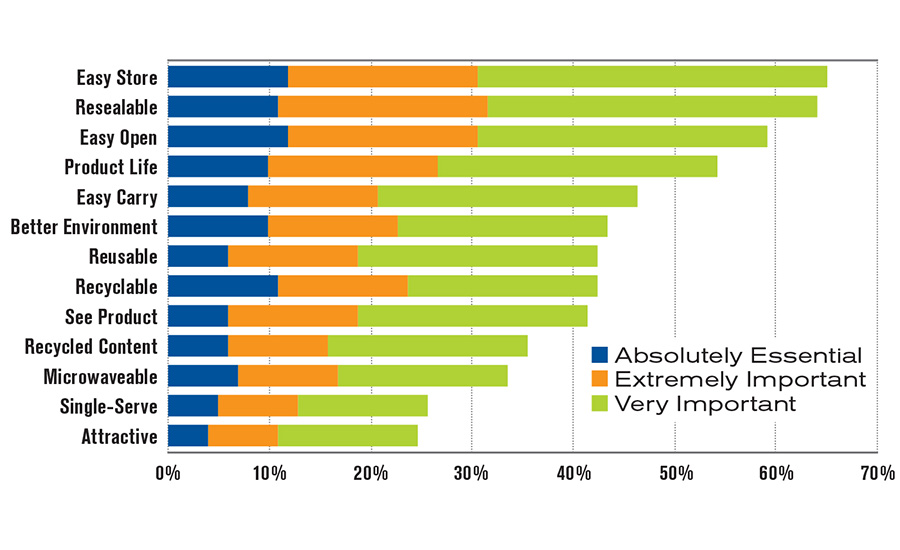
How much does packaging drive brand owner and consumer purchase decisions?
A new FPA Brand Value study says it has a significant impact on brand owners and that flexible packaging aligns well with today’s marketplace trends.
Here are three central factors that emerge from the study presented at FPA’s Fall Executive Conference:
1. 80% of brand owners say that packaging has a positive impact on brand value.
2. Consumers will pay significantly more for certain product attributes enhanced by flexible packaging.
3. Flexible packaging delivers what tomorrow’s consumers expect, and 97% of brand owners who use flexible packaging today intend to use the same amount or more in coming years.
The study comes from Gibbs-rbb, a strategic communications consulting firm.
They integrated data from consumers, brand owners and flexible packaging suppliers to point out places where flexibles offer an advantage. Jeff Altheide, principle with Gibbs-rbb, presented the results.
Findings showed how well consumer and brand owners match in their assessment of consumer packaging needs. (Figure 1. shows consumer data.)
A Harris poll produced the consumer data, and a survey by Packaging World magazine produced the brand owner data.
Both groups agreed that being “resealable,” being “easy to open,” and “extending product life” are among the top five attributes that packaging should deliver.
Consumers said that “easy-to-store” and “easy-to-carry” were also top considerations.
Brand owners put “able to see product” and “attractive packaging” among their top-five attributes.
Willing to Pay More
The Harris survey also reported that consumers are willing to pay more for package attributes. Data shows that, on average, consumers are willing to pay 14% more for packaging that is “resealable,” while they would pay 9% more for “single-serve” packages.
Jeff Altheide cautioned that there are significant demographic differences in the “pay more” data.
For example, 68% of millenials would pay more for “ability to recycle.” However, only 47% of consumers 65 and older would pay more for that attribute.
Some 70% of parents would pay more for an “easy to store” package, yet only 53% of those with no children would pay a premium for that feature.
One the business side, the Packaging World survey of brand owners shows that 66% of the companies responding would be using more flexible packaging in the next five years than they are today; 31% say they would be using the same amount.
Two percent would be using less.
Source : Flexible Packaging Association
[ add comment ] ( 69 views ) | permalink |




 ( 3 / 1905 )
( 3 / 1905 )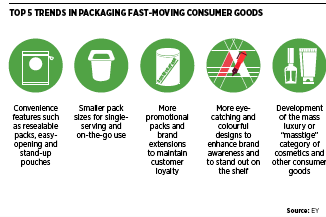
Packaging is a deceptive Industry.
Your man on the clapham omnibus could well assume It to be all cardboard boxes and bubble wrap, is there any Innovation? To which the Industry can reply: are you kidding?
Packaging is a sector valued around $800 billion - and It rivals Silicon valley for Innovation.
One huge story right now is the revolution in medical packaging, triggered by new European union rules.
The Falsified Medicines Directive demands every pack of pharmaceuticals be given unique serial numbers, known as serialisation, until recently the packs needed only expiration dates and batch numbers.
This is a whole new ball game.
Craig Stoble. head of the life sciences team at Domino Printing Sciences, calls the EU directive "potentially the most significant technical and logistical challenge that manufacturers have faced in decades".
The deadline for compliance is 2019. Mr Stoble and his crew have been working flat out to create Industry-grade serialisation processes.
Its not easy.” At Its most basic level, this has involved many manufacturers jettisoning older coding equipment simply not capable of applying a unique code to each Item." he says.
"In 2011. when the directive was published.
Domino Printing sciences estimated that as much , as 70 per cent of Installed equipment would become obsolete In the context of serialisation.”
Packs will need to be redesigned. New Inks developed. "For Ink-based coding methods, such as thermal Ink jet, legibility has been significantly enhanced by the development of new inks that produce clear, high-contrast and durable codes that will last for the lifetime of the product." says Mr Stoble. "This. too, is a new requirement, since codes must now be able to be verified not just In the manufacturing plant, but right through to the point of sale or dispensing.”
The incentive for mastering serialisation ls huge. The EU directive matches similar moves in Brazil , Argentina, South Korea and China, and the United States has announced its Drug Quality and security Bill.
Further, it is likely that serialisation, when proved to deter counterfeiting. will be implemented in other sectors, such as luxury goods and food.
Here's another fast-growing technology - modified air packaging or MAP.
When food and vegetables are picked they start to deteriorate. "Microbes flourish, turning ripe courgettes and carrots into a slushy, mouldy mess, some microbes depend on oxygen.
These include pseudomonas. acinetobacter and moraxella. which spoil food, giving it a bad taste and odour. The answer is to pack food with oxygen-free gases, when bacteria can't grow, the food ls preserved for much longer.
How much longer? Linde Gases, a pioneer in the field, calculates raw red meat can be extended from two to four days to between five and eight. Raw poultry can be extended by triple the normal span; sandwiches from three to ten days.
The question is which gases to use. Linde Gases advocates varying mixtures, depending, on the food stuffs, some require nitrous oxide, argon or hydrogen. Others recommend a more traditional mix of carbon dioxide, nitrogen and even some a tiny dose of oxygen (1 to 2 per cent at most down from 20.95 per cent in the atmosphere). Carbon dioxide is effective at inhibiting microbes, but absorbs into the food's liquid and fat. reducing its pH value.
It can also cause changes impermeability and texture. Dairy brands are keen to improve duration.
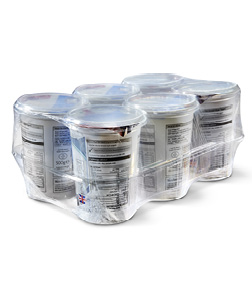
Dale Farm, one of the UK’s major dairy co-ops. identified a major problem with its packaging.
Traditional heat-shrink-wrap heat-tunnel machines. used to package yoghurts and “crème flache" for transport, generated a lot of heat . The machinery became so hot, the whole dairy was hard to work in. Not good.
The solution was heatless shrink-wrap machines made by TrakRap. This eliminated the problem completely and improved the eco-performance of the process. without a heating bill, Dale Farm cut electricity usage for pack wrapping by 95 per cent a year. The film used by TrakRap is 100 percent recyclable and so thin that 68 percent less material could be used. For a major national brand such as Dale Fami, an Innovation like this makes a serious contribution to Its long-term prospects.
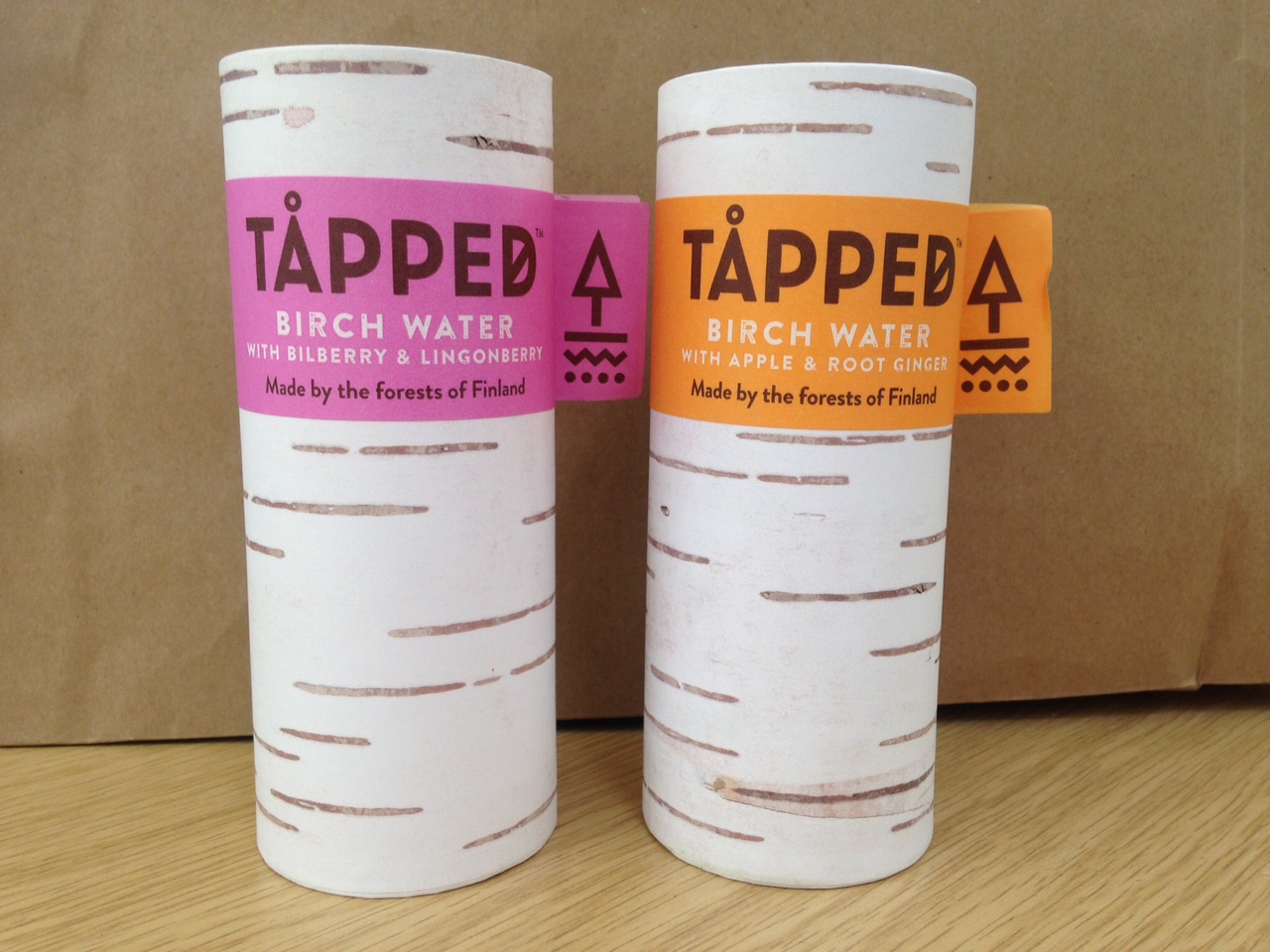
One final Innovation.
Birch water is a traditional drink In Finland and a new brand has just been launched in the UK called Tapped. Birch Water is a curious beverage. It’s made from the sap of the birch tree, tapped once a fortnight. The liquid is high in manganese, zinc, iron and other minerals.
A product like this needs special packaging to Impress potential customers. so the executives at Tapped asked creative agency Horse to come up with something fitting. The result is an aseptic “lamican" pack, made of 75 per cent wood. It gives the product a shelf life of 12 months; and Horse claim the material has 12 percent of CO2 emissions compared with aluminium and 19 per cent that of plastic.
"Although a traditional spring-time drink In Finland and other parts of the world such as Canada, tree waters are a totally new concept to consumers In the UK." says Ian Firth, creative partner at Horse. "Clarity of product communication was therefore paramount, so we used the packaging structure to our advantage. To help communicate provenance, the water is packaged in a cylindrical paperboard can, which we designed to resemble a real birch tree. This helps overcome some of the challenges of communicating an unusual new product, but equally distinguishes the water from other beverages.”
Will it sell? Various fashion industry magazines have called Birch Water the new “super food”. If does take off, packaging industry will, as usual, have played a vital role.
Racounter.net
Future of Packaging
Edit by Charles Orton Jones
[ add comment ] ( 64 views ) | permalink |




 ( 3.1 / 2029 )
( 3.1 / 2029 )

 Calendar
Calendar